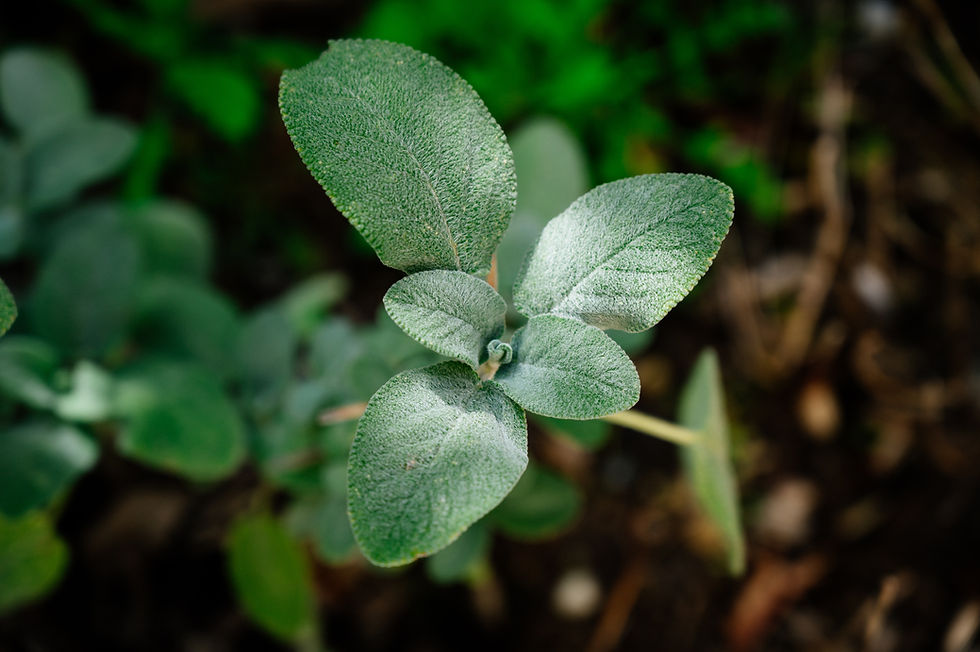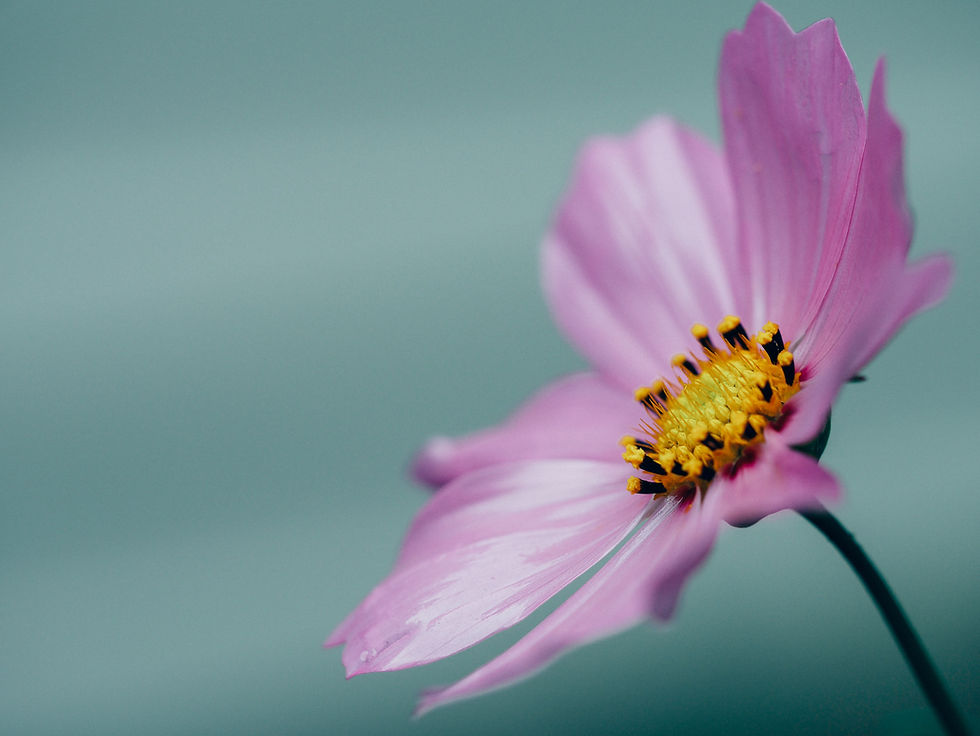GARDEN
More and more pollinators around the world are disappearing. That's a threat to biodiversity as well as our food security. The main threats facing pollinators are habitat loss. The most important step you can take to protect Biodiversity is to plant a pollinator-friendly garden. Encouraging pollinator gardens in neighbourhoods, urban enviornments and rural areas could provide enough habitat to restore healthy communities of beneficial insects and pollinators. What can we do to protect bees, butterflies and other pollinating creatures?
Choose nectar and pollen-rich plants like wildflowers and indigenous varieties of flowers. A succession of blooming annuals, perennials and shrubs is best so nectar and pollen will be available throughout the growing season. Also, include plants like dill, fennel and milkweed that butterfly larvae feed on.
Many pesticides — even organic ones — are toxic to bees and other beneficial organisms. It is best to use more organic methods by applying the simple principles of ecological plant protection, you can work with nature to control pests and diseases, enjoy a healthier garden and harvest and protect pollinators and other beneficial insects.
Butterflies, bees and other pollinators need shelter to hide from predators, areas to rest and rear their young. Allow a dead tree to stand to create nooks for butterflies.
Bees, birds and butterflies also all need water. Install a water garden, a bird bath or a catch basin for rain. Butterflies are attracted to muddy puddles which they will flock to for salts and nutrients as well as water.
When planting for butterflies it is best to choose a full Sun area in the garden. Butterflies are attracted to brightly coloured flowers. Where possible try to plant indigenous plants as they will act as natural host plants for specific butterfly species.
Create your butterfly shangri-la and polinators garden with our top 10 list of plants.
1. Lavender

The flowers are loved by butterflies and bees and the aroma is intoxicating. All lavender varieties like full sun and soil that drains well. Plant compact varieties 45cm apart and larger varieties 90cm apart to allow air to circulate between the plants; this prevents fungal disease. Water regularly until new plants are established then reduce watering to at least once a week in summer. Lavender in pots should be watered every second day. Avoid wetting the foliage. Add compost to the soil in spring.
2. Marigold

There are approximately 50 species of marigold, the ones found commonly nurseries include theTagetespatulaaka French Marigold and Tageteserectaaka African Marigold which have now been naturalised in other parts of the world. Both of these Marigolds are herbaceous annuals. Sow seeds directly into the garden once the soil is warm in the spring. Plant in full sun and soil that drains well and moderately fertile. Deadheading will improve the appearance of the plant and encourage further blooming later in the season. Water the base and allow the soil to dry somewhat between waterings, but do water regularly in high heat or dry weather. Marigolds growing in containers should be watered daily as containers dry out quickly.
3. Bee balm

Part of the mint family, Lamiaceae. Common names include bee balm, horsemint, oswego tea, and bergamot, the latter inspired by the fragrance of the leaves, which is reminiscent of bergamot orange. Plant in full sun with well-draining soil that will stay evenly moist. For seeds, sow directly outdoors after all frost is past. Cover with 1/4 inch of fine soil and keep moist until seedlings emerge, 22 to 30 days. Plant 18 inches apart when seedlings are two inches tall. Plants bought from a store is easier - space 1-1/2 to 2 feet apart, depending on the variety, to ensure good air circulation. Dig a hole slightly larger than the root base and fill in the hole, gently tamp down soil around the root base and water well. Ensure that the root base in just below the soil level. Water once or twice a week during hot weather conditions and water at the base to reduce mildew and fungal disease.
4. Shasta Daisy

Herbaceous perennial plant with the classic daisy appearance of white petals around a yellow disc. Plant Shasta daisies in full sun to light shade in well-drained soil rich in organic matter. Space plants 1 to 2 feet apart to ensure good air circulation. Good soil drainage is especially important in winter because damp and soggy soil around the root crown of the plant can lead to rot. Although Shasta daisies prefer soil that’s kept evenly moist, well-established plants can tolerate short periods of drought. In fact, overwatering often does more harm than underwatering so best to check the soil moisture and apply a suitable watering pattern. Give your plants about an inch of water per week during summer dry spells.
5. Sage

The Sage plant is semi-hardy and can grow to about 700 mm in height. The plant is an evergreen shrub that has grey-green leaves that have a silvery sheen to them. They produce blue, purple or white flowers. Sage is packed with nutrients and used in various cuisines around the world.
6. Cosmos
The Cosmos have colorful daisy-like flowers that sit atop long slender stems. Blooming throughout the summer months, they attract birds, bees, and butterflies to your garden. Easy to grow from seeds, cosmos even survive in poor soil conditions.

7. Sweet Alyssum

The flowers of Sweet Alyssum have a lively fragrance and are members of the mustard family. While not frost tolerant, sweet alyssum plants will self sow and can provide you with year after year of bright color in milder climates. Growing sweet alyssum is easy and requires well-drained soil with moderate moisture and seeds can be planted straight into the garden in Spring and Summer - mild climates. Choose a location that has full sun, although sweet alyssum plants can tolerate partial shade as well.
8. The Butterfly Bush (Buddleia davidii)
A beautiful, fast growing desidduous shrub with masses of blosooms and indeed is one of the best plants for butterflies. It grows to 1m height with masses of pink to white flowers on long stems that bloom from Summer to Autumn.

9. Hollyhock (Alcea rosea)

Hollyhock bloom mid-summer with numerous flowers on tall spikes. No pollinator garden is complete without a few hollyhocks. Hollyhocks support the lifecycle of painted lady butterflies as a host plant for their caterpillars and also attract other pollinators such as bees and hummingbirds. Hollyhocks are best, and easiest, grown from seed and they will readily self-seed if flower stalks are left in place. Provide rich, moist, well-drained soil. Plant indoors in a deep pot and once seeds germinate transplant outdoors in a sunny spot. Provide regular water and keep soil moist for starting hollyhocks. However, once well established, they are fairly drought tolerant. Water from below and avoid wetting the foliage, as they are prone to hollyhock rust, a fungal infection that first shows as yellow spots on leaves, then develops into brown or rust colored bumps on the underside of the leaves. Any leaves that show signs of rust should be removed from the plant and disposed of to prevent further spread. There are cultivars that have been developed to be more rust resistant, such as Alcea rugosa varieties.
10. Verbena (Verbena officinalis)

Planting verbena, whether annual or perennial types, ensures summer flowers. You can start verbena from seed and from cuttings, or for quicker results start with transplants. If growing from seed, keep the seeds covered and moist until germination occurs, which takes about three weeks. Plant Verbena in well drained and in full sun area in your garden (at least 6 hours of Sun) . Careful watering is required - the rule of thumb is 1 inch rainfall a week. Over watering can cause the plant to rot. During hot or dry weather inspect your verbena daily - once the foliage begins to droop or become limp it’s time to water. Cut the plant back twice a season to keep flowers in bloom and fertilize these annuals frequentlly. This versatile plant comes in more than 250 perennial and annual varieties.